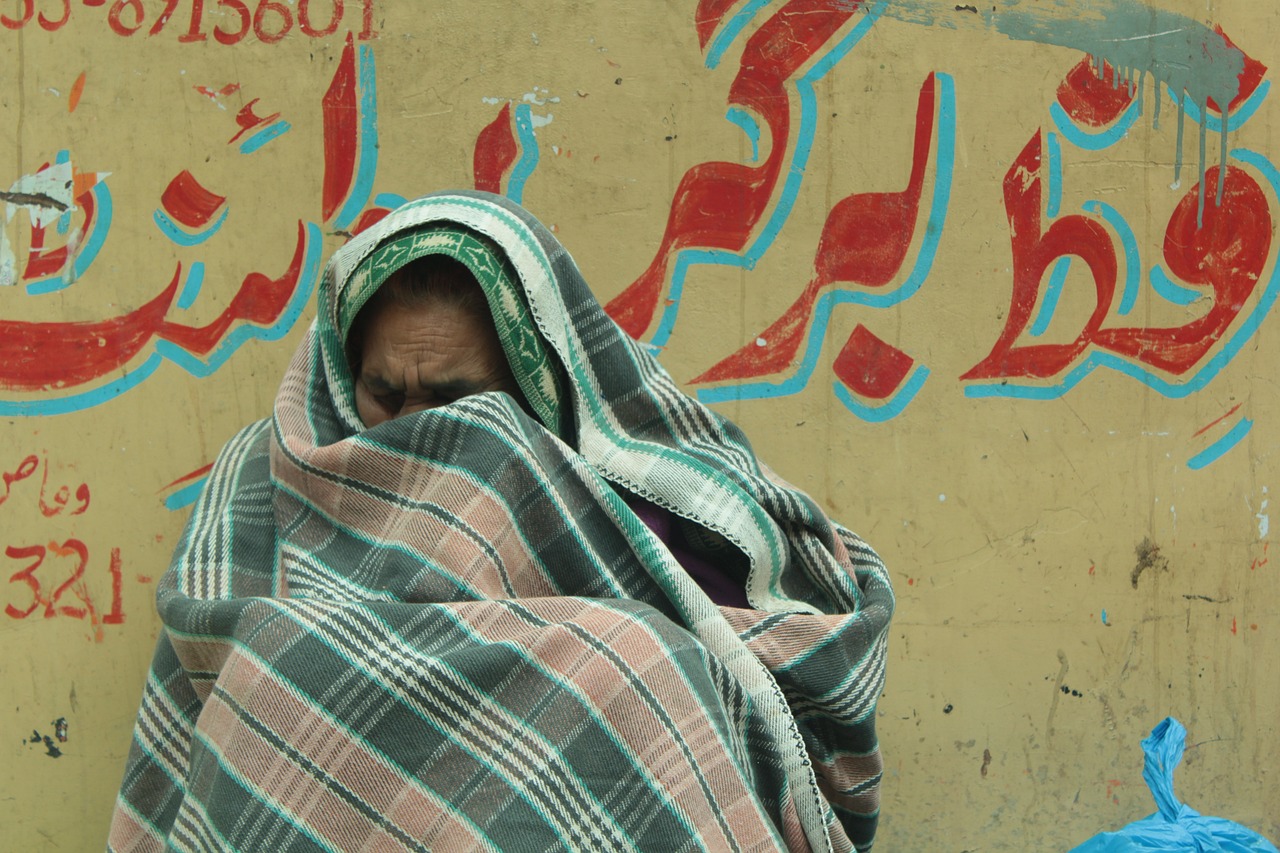“피해자 코스프레”는 어떤 상황에서 자신을 피해자로 묘사하거나 피해자인 척 하는 행동을 의미합니다. 이를 통해 타인의 동정심을 유도하거나 상황의 책임을 회피하려는 경우에 사용됩니다.
“피해자 코스프레”를 영어로 표현할 수 있는 방법
- Playing the Victim (피해자 역할을 하다)
- Victim Blaming (피해자 비난)
- Victimhood Posturing (피해자 자세 취하기)
1. Playing the Victim
“Playing the Victim”은 자신을 피해자로 설정하여 상황을 자신의 이익에 맞게 조작하는 행동을 의미합니다.
- “He keeps playing the victim to avoid taking responsibility for his actions.” (그는 자신의 행동에 대한 책임을 회피하기 위해 계속 피해자 역할을 한다.)
- “Playing the victim can sometimes manipulate others into feeling sorry for you.” (피해자 역할을 하는 것은 때때로 다른 사람들이 당신을 동정하도록 조작할 수 있다.)
2. Victim Blaming
“Victim Blaming”은 피해자에게 상황의 책임을 돌리는 행동을 의미합니다. 그러나 이 용어는 본래 피해자의 잘못으로 상황이 발생했다고 주장할 때 사용됩니다.
- “Victim blaming is harmful and shifts the focus away from the real issue.” (피해자 비난은 해롭고 실제 문제에서 주의를 돌린다.)
- “Instead of addressing the issue, some people resort to victim blaming to avoid accountability.” (문제를 해결하는 대신, 일부 사람들은 책임 회피를 위해 피해자 비난에 의존한다.)
3. Victimhood Posturing
“Victimhood Posturing”은 자신을 피해자로 보이게 하려는 행동을 의미하며, 상황을 과장하거나 조작하여 타인의 동정을 유도하려는 경우에 사용됩니다.
- “Her constant victimhood posturing makes it difficult to have a constructive conversation.” (그녀의 지속적인 피해자 자세는 건설적인 대화를 어렵게 만든다.)
- “Victimhood posturing can often alienate people who might otherwise offer support.” (피해자 자세를 취하는 것은 종종 지원을 제공할 수도 있는 사람들을 소외시킬 수 있다.)
“피해자 코스프레”를 영어로 표현할 때는 “Playing the Victim,” “Victim Blaming,” 또는 “Victimhood Posturing”과 같은 표현을 사용할 수 있습니다.













Leave a Reply